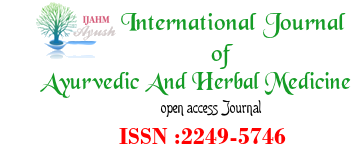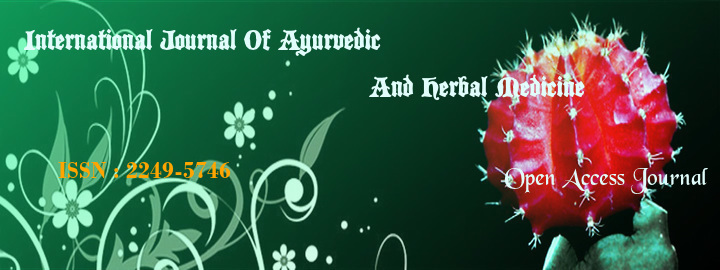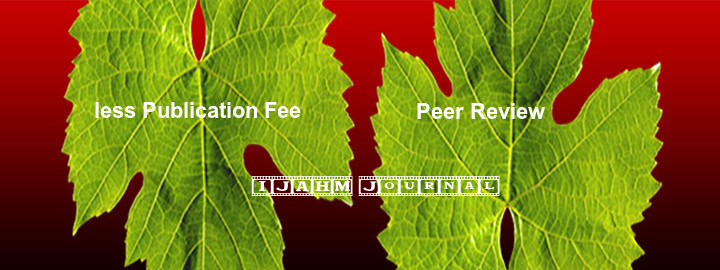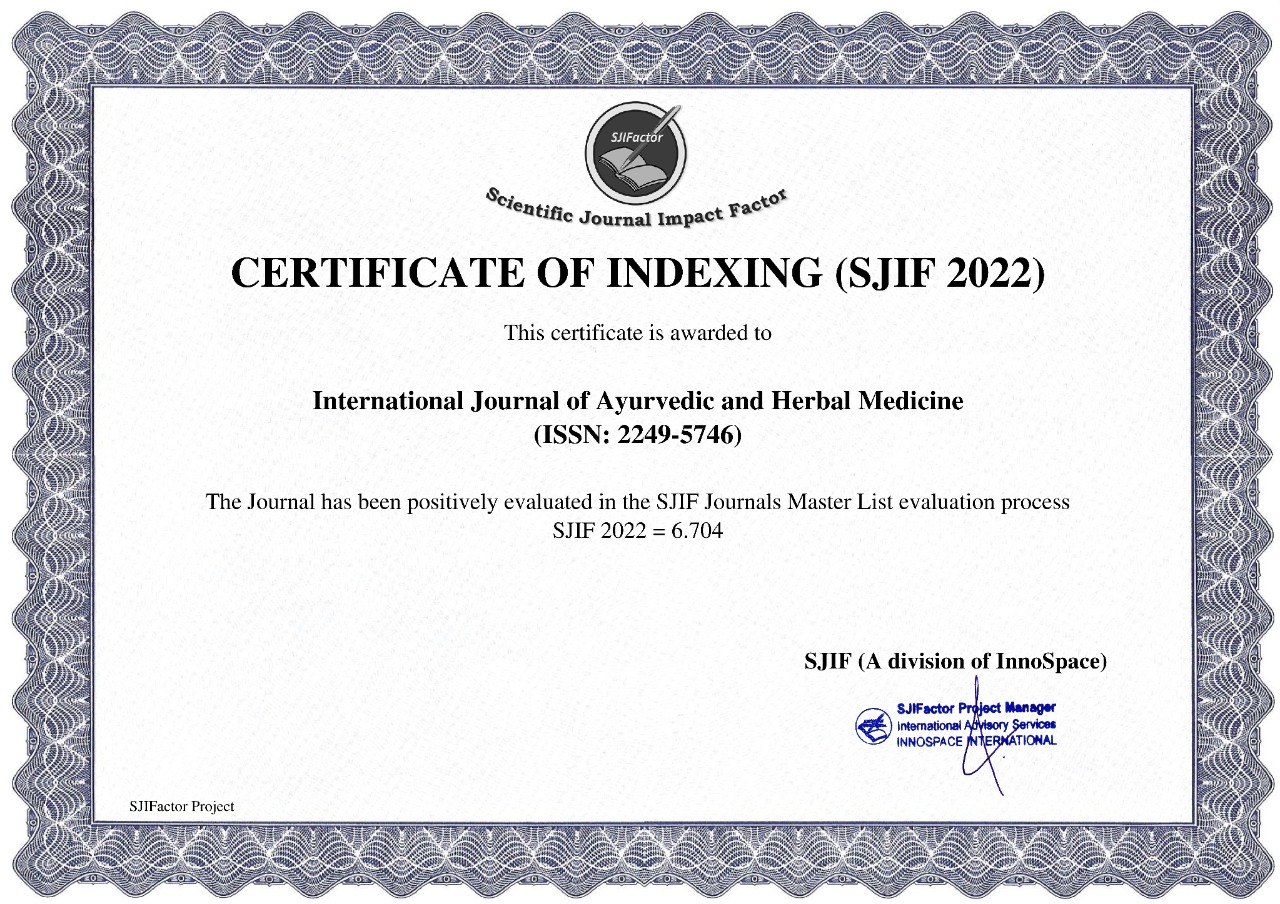


1Ambili. D S, 2Subrahmanya Padyana, 3Mahesh, 4 Rama Sree
DOI : http://dx.doi.org/10.18535/ijahm/v7i5.07
1.P.G. Scholar, Department of P.G. studies in Dravyaguna Vijnana, Alva’s Ayurveda Medical college, Moodbidri.
2.Professor, Department of P.G. studies in Dravyaguna Vijnana, Alva’s Ayurveda Medical college, Moodbidri.
3.Professor, Department of P.G. studies in Dravyaguna Vijnana, Alva’s Ayurveda Medical college, Moodbidri.
4.Senior Research Officer Pharmacognosy, Kottakkal Centre for Research in Ayurveda & allied Sciences.
ABSTRACT:
Punica granatum is a deciduous shrub or a small tree of Punicaceae family, found in almost all parts of India. This plant is used to cure a wide range of diseases across different civilization and cultures. It has great nutritional values and health benefits. Pomegranate has been used in natural and holistic medicine to treat sore throat, coughs, urinary infections, digestive disorders, skin disorders, arthritis and to expel tapeworms. In folklore practice, bark of Punica granatum is used to treat Shwetapradara. Importance of Pharmacognosy has been widely felt in recent times. Pharmacognostical and Phytochemical studies ensures plant identity, lays down standardisation parameters which will help and prevents adulteration. This study is important and lays down parameters for standardisation and authentication of Punica granatum with the help of which adulteration and substitution can be proved.
Key words: - Punica granatum, Pharmacognostical studies, Phytochemical studies,
Reference:
1. J.L.N. Sastry, Dravyaguna Vijnana, published by Chaukambha Orientalia-Varanasi reprint 2014, volume II, pp 232.
2. Prof. Gyanendra Pandy, Dravyaguna Vijnana – materiamedica - vegetable drugs, published by Chowkhambha Krishnadas Academy-Varanasi, 3rd edition 2005, pp 529.
3. P.K.Warrier, Indian medicine plants, published by Orient Longman Private Ltd, Vaidhya Ratnam P.S .Varier’s, Arya Vaidyasala Kottakal, Vol – 4, p.no: 175.
4. K.Gopalakrishna Bhat, Flora of Udupi, Published by Indian naturalist,Printed at Manipal press limited, 2003, pp: 227 & 229
5. Sir.J.D.Hooker, The Flora of British India, published by Secretary of state for India in Council, Printed by International book distributors, dehradun Vol: 3,pp:580-581
6. Purshotam kausik, Anil Kumar Dhiman, Medicinal and raw drugs of India, Published by Bishen singh, mahendrapal singh 23-A, Dehradun,India, 2000, pp: 272,273,274
7. A.K.Gupta, Neeraj Tandon, Madhu Sharma, Quality standards of Indian medicinal Plants, Published by Indian council of medical research, New Delhi, 2005, Vol: 3, pp: 299, 3
index























